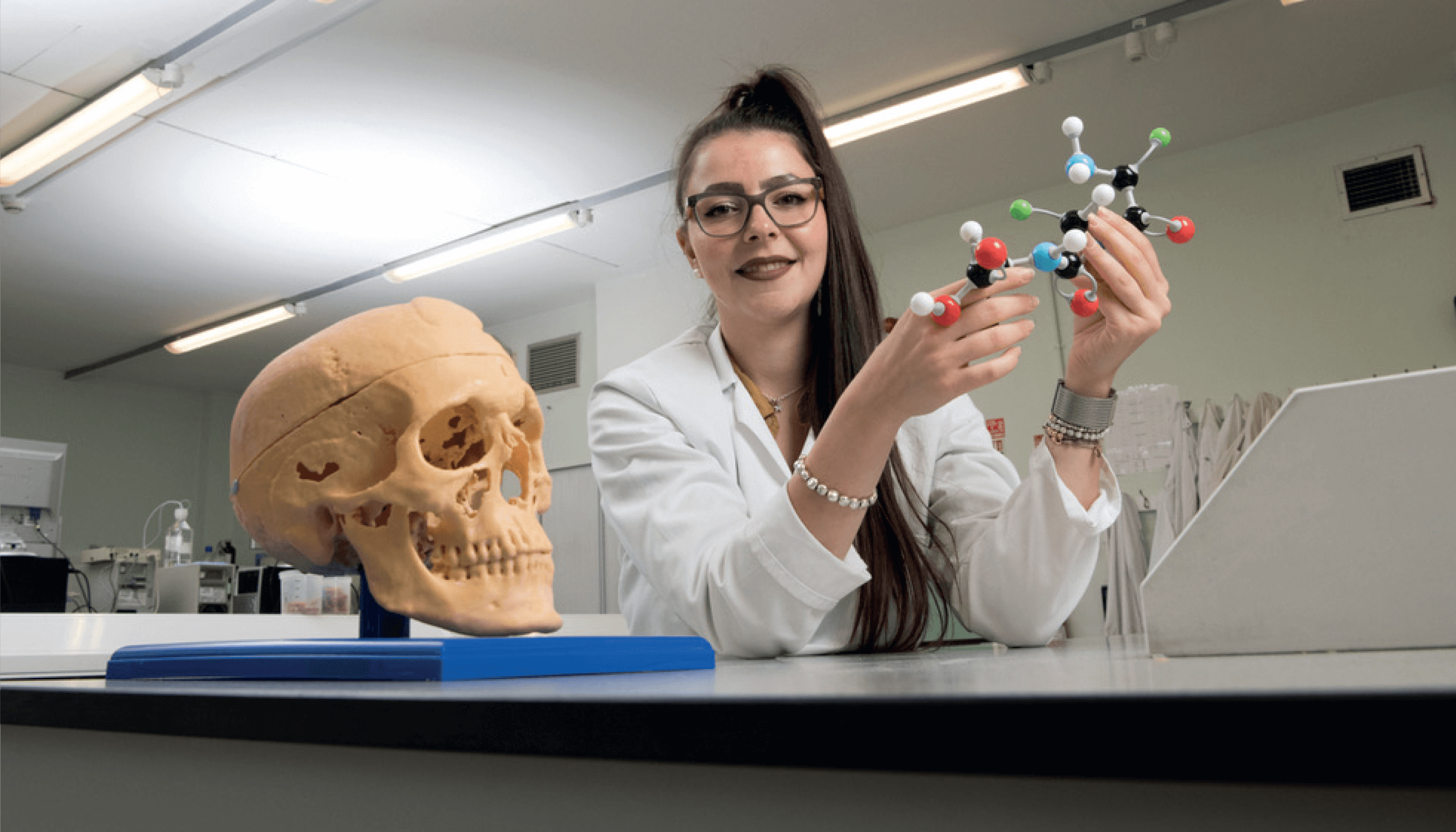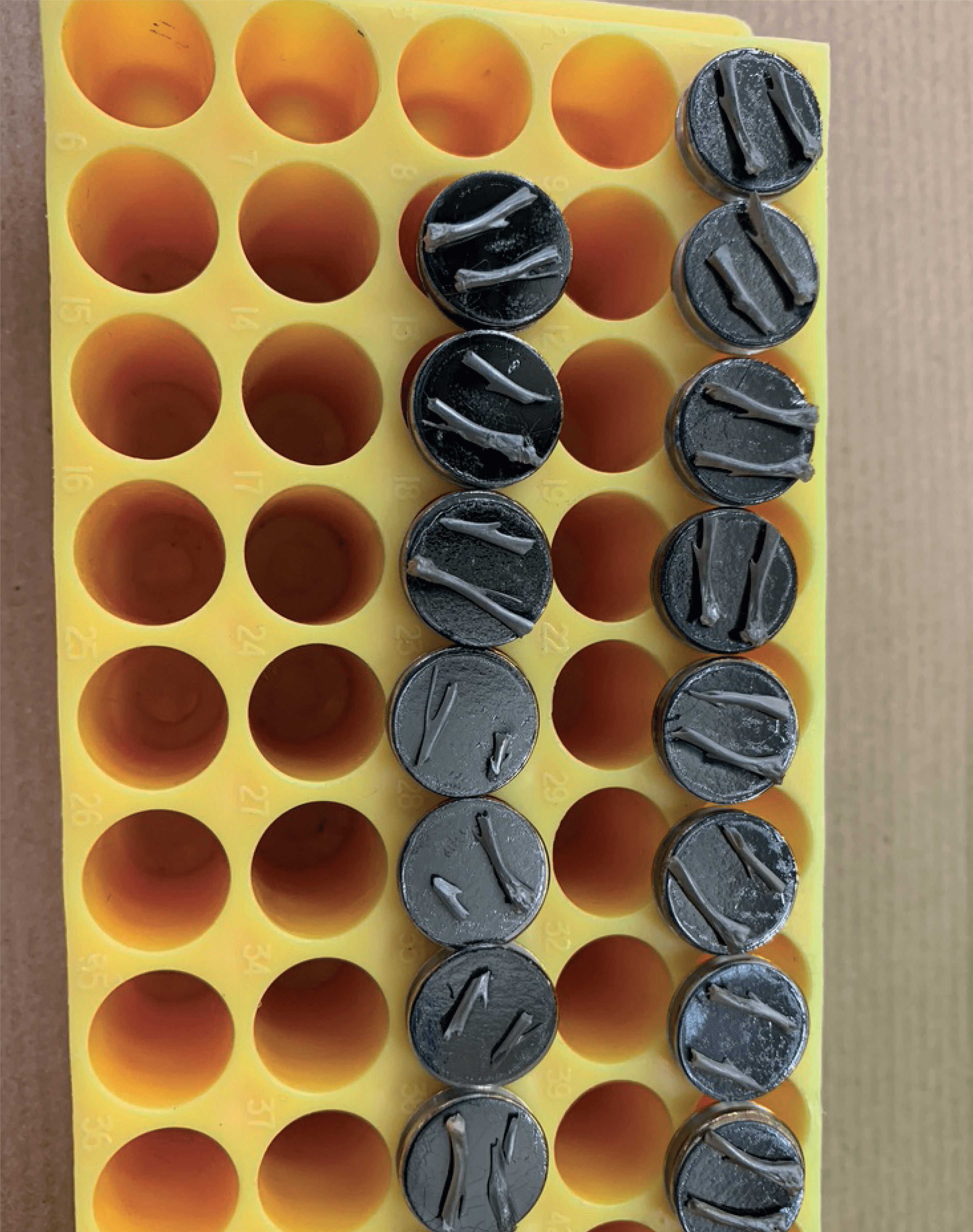
An estimated 320,000 deaths are caused by drowning each year (1), and determining the length of time a body has been underwater – the post-mortem submerged interval (PMSI) – can provide vital evidence in a forensic investigation. Unfortunately, current methods for estimating the PMSI – such as examining the decomposition stage of a corpse – require an almost-complete cadaver and are drastically influenced by the aquatic environment in which the body is found.
Though bone proteins have previously been studied for their use in estimating the post-mortem interval in terrestrial environments, Noemi Procopio and her colleagues at Northumbria University are the first to apply these forensic proteomic principles to bodies submerged in water.
The researchers examined whether four different types of water – tap water, saltwater, pond water or chlorinated water – affected the proteome of mouse bones. After a PMSI of 1 or 3 weeks, the team collected the mouse tibias and extracted proteins from the bone mineral matrix. These proteins were then enzymatically fragmented into peptides and separated using high-performance LC. MS analysis revealed the identity of the proteins, as well as their relative abundance in the sample.
“We found that different aquatic environments do not affect the proteomic result, meaning forensic proteomics has the potential to be applied to the unexplored field of aquatic decomposition with relative ease,” says Procopio. Importantly, the team also identified novel biomarker candidates that could be used for estimating PMSI and the type of water environment a body was submerged in. For example, a protein called fetuin-A was more likely to undergo deamidation in pond water, which could help investigators determine whether a body was once submerged in pond water and later moved.
Further validation using human remains is needed before these findings can be applied to real forensic cases, but the team is hopeful about future applications. “I would like to explore the effects that temperature has on the proteome of submerged cadavers and look at other intrinsic variables, such as age and body size,” says Procopio. “The more variables we can exclude as having an effect, the more applicable these results will be to real forensic scenarios.”

References
- WHO (2020). Available at: https://bit.ly/2Wm2vRB
- H Mizukami et al., J. Proteome Res. (2020) 19, 2122-2135. DOI: 10.1021/acs.jproteome.0c00060




